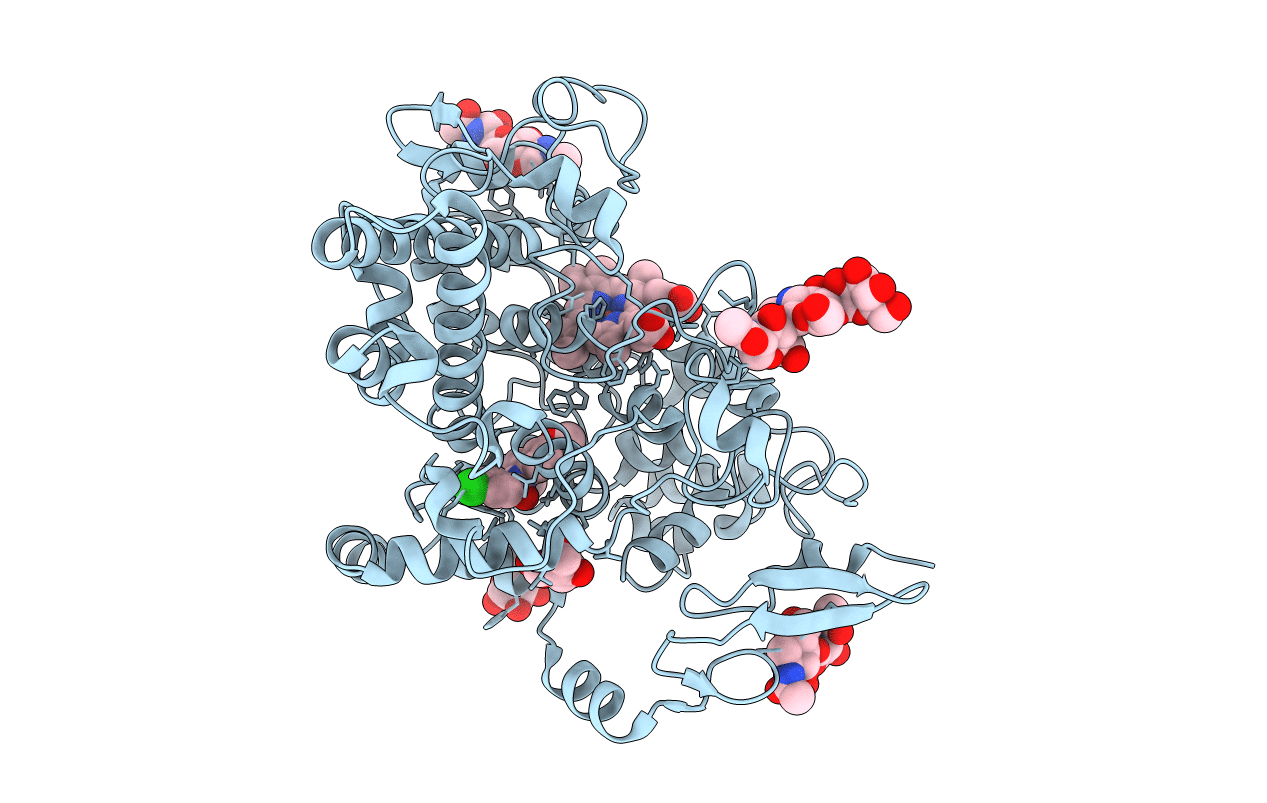
Deposition Date
2007-02-23
Release Date
2007-07-24
Last Version Date
2024-11-13
Entry Detail
PDB ID:
2OYU
Keywords:
Title:
Indomethacin-(S)-alpha-ethyl-ethanolamide bound to Cyclooxygenase-1
Biological Source:
Source Organism:
Ovis aries (Taxon ID: 9940)
Method Details:
Experimental Method:
Resolution:
2.70 Å
R-Value Free:
0.29
R-Value Work:
0.24
R-Value Observed:
0.24
Space Group:
P 65 2 2


